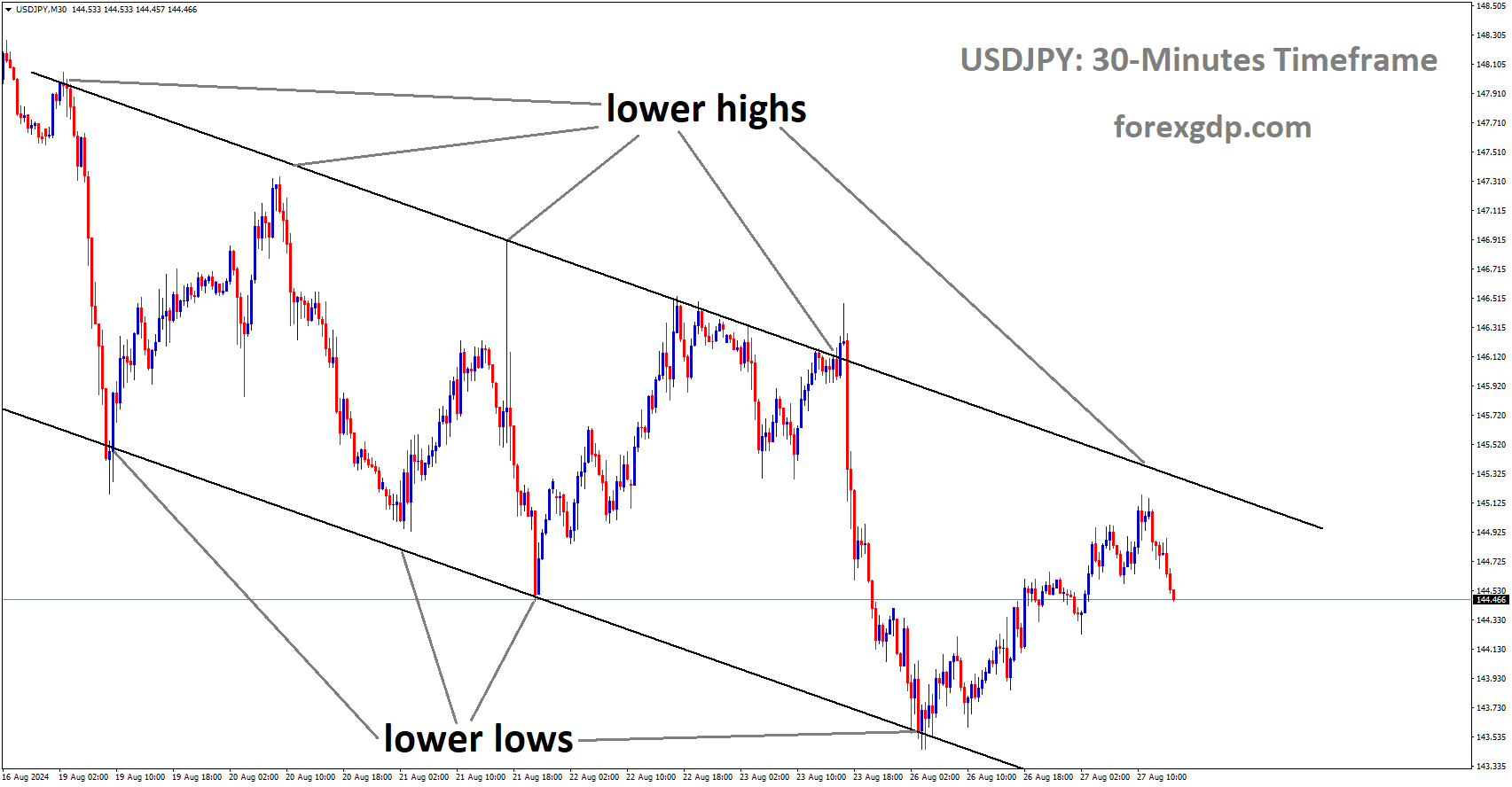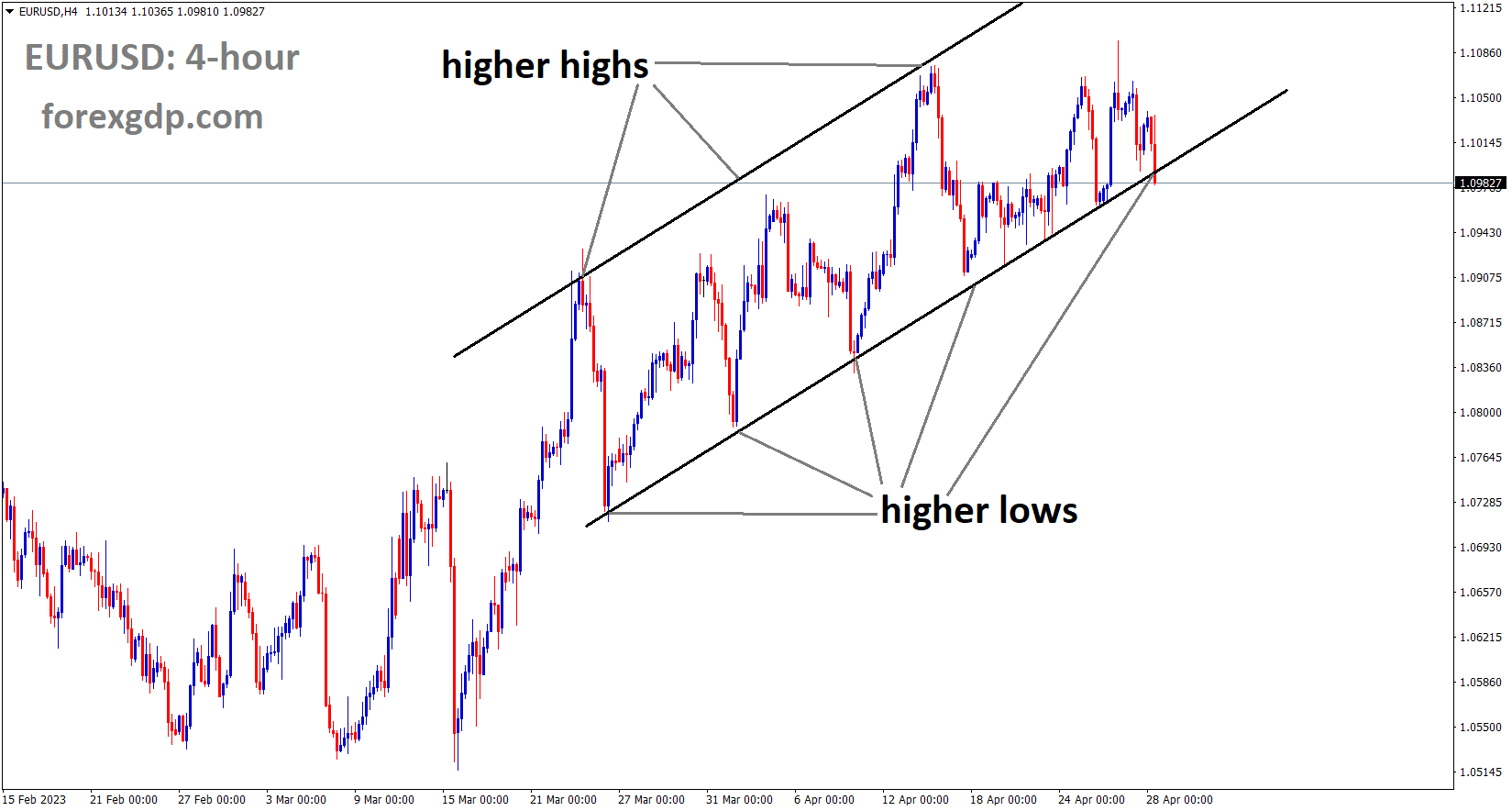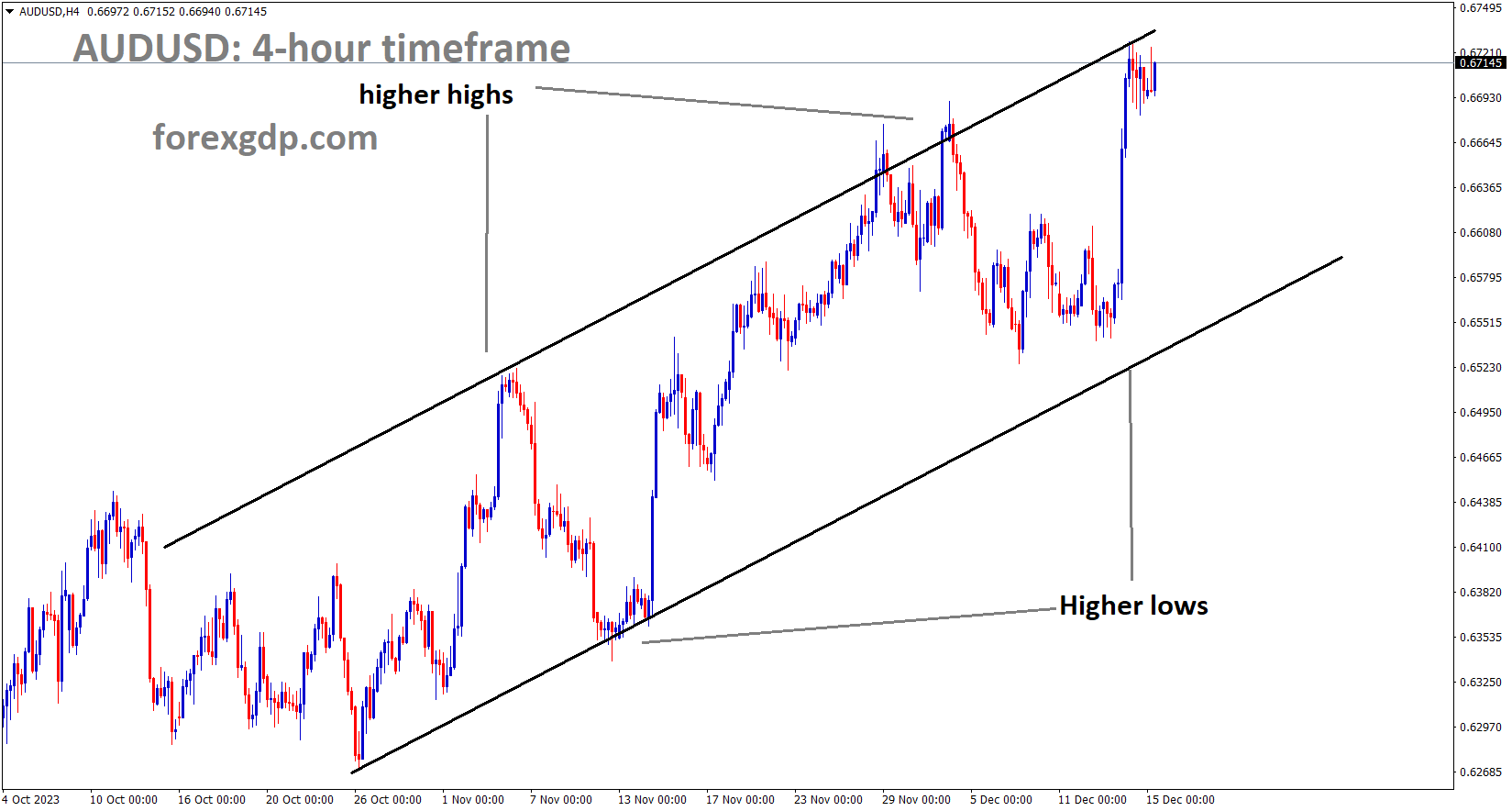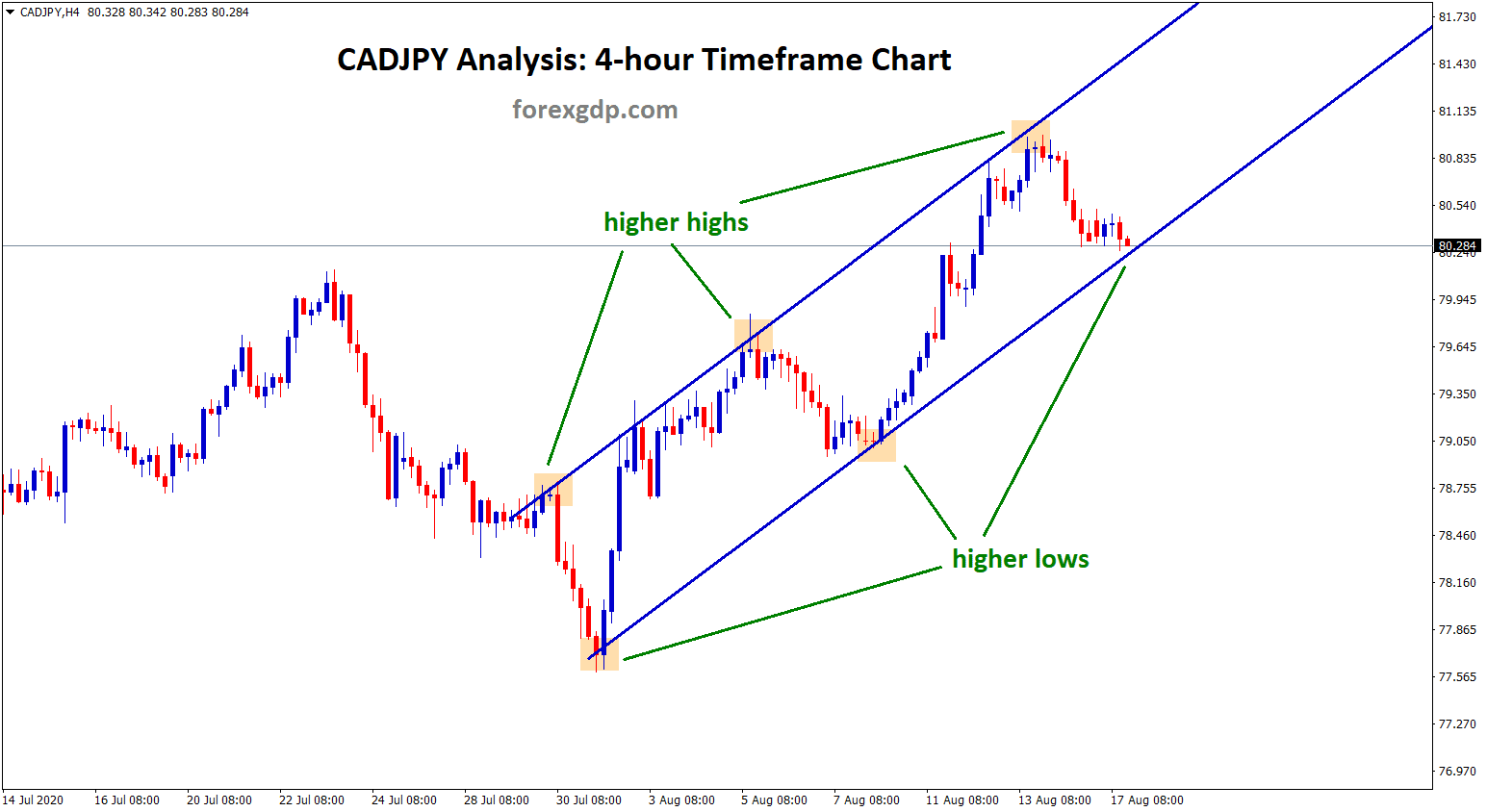USDJPY is moving in a descending channel, and market has fallen from the lower high area of the channel
#USDJPY Analysis Video
Japanese Yen Struggles Despite BoJ’s Hawkish Outlook
The Japanese Yen has been experiencing a decline, particularly against the US Dollar, and this trend has caught the attention of many market watchers. Despite the challenges, there’s a hawkish tone from the Bank of Japan (BoJ) that could limit the Yen’s downside. Let’s dive into the factors at play and what they mean for the Japanese currency in the coming days.
The Battle Between the BoJ and the Fed
The Japanese Yen’s recent performance can be linked to the differing stances of the Bank of Japan and the US Federal Reserve (Fed). On one hand, the BoJ seems to be hinting at a possible increase in interest rates. This hawkish outlook, led by BoJ Governor Kazuo Ueda, suggests that Japan might be preparing for tighter monetary policy, especially if the country’s economic conditions align with their projections.
Governor Ueda’s recent remarks in the Japanese Parliament highlighted that the central bank might consider adjusting interest rates further if their economic forecasts remain on track. This potential shift is significant because it could lead to a stronger Yen if implemented. However, the market seems cautious, possibly waiting for more concrete actions before making any major moves.
On the other hand, the US Federal Reserve appears to be heading in the opposite direction. Fed Chair Jerome Powell’s comments at the Jackson Hole Symposium indicated that the time for policy adjustments is near, hinting at possible rate cuts. However, Powell did not provide specific details on when these cuts would begin, leaving the market somewhat uncertain.
Adding to this, comments from other Fed officials like San Francisco Fed President Mary Daly further reinforced the idea that rate cuts could be on the horizon. Daly’s statement that “the time is upon us” for rate cuts suggests that the Fed might start with a modest reduction, potentially by a quarter-percentage point. This divergence in policy outlooks between the BoJ and the Fed creates an interesting dynamic for the USD/JPY pair.
Japan’s Economic Landscape and Its Impact on the Yen
The Japanese economy has been showing signs of stability, although it faces its own set of challenges. Japan’s National Consumer Price Index (CPI) increased by 2.8% year-on-year in July, maintaining this rate for three consecutive months. This steady rise in inflation is noteworthy because it suggests that Japan is dealing with inflationary pressures, much like other major economies. The CPI excluding Fresh Food also rose by 2.7%, which aligns with market expectations.
This inflation data is crucial because it supports the BoJ’s hawkish stance. If inflation continues to rise, the BoJ might feel compelled to act by tightening monetary policy, which could, in turn, provide some support to the Yen. However, the market seems to be in a wait-and-see mode, possibly due to uncertainties about how aggressively the BoJ will move forward with these adjustments.
USDJPY is falling after retesting the broken Ascending channel
Japan’s Finance Minister Shunichi Suzuki also chimed in on the situation, acknowledging that foreign exchange rates are influenced by a variety of factors, including monetary policies, interest rate differentials, geopolitical risks, and market sentiment. This broad view underscores the complexity of predicting currency movements, particularly for the Yen, which is often seen as a safe-haven currency during times of global uncertainty.
Global Market Movements and Their Influence on the Yen
Beyond Japan’s borders, global market conditions are also playing a role in the Yen’s movements. The US Durable Goods Orders data showed a significant surge of 9.9% month-over-month in July, bouncing back from a decline in June. This unexpected increase is the largest gain since May 2020 and signals robust demand for durable goods in the US economy.
This data is important because it reflects the underlying strength of the US economy, which could influence the Fed’s decisions on interest rates. A stronger US economy might delay the Fed’s rate cuts, which could put additional pressure on the Yen, especially if the BoJ doesn’t act as aggressively as some market participants expect.
The US Composite PMI, which measures overall economic activity, also edged down slightly in August but remained in expansion territory. This indicates that the US economy continues to grow, albeit at a slower pace. The fact that the PMI is still above market expectations suggests that the US economy is resilient, which could lead to a stronger US Dollar and further challenges for the Yen.
Adding to this, the Federal Open Market Committee (FOMC) Minutes from July’s policy meeting indicated that most Fed officials agreed that a rate cut was likely at their upcoming meeting, provided that inflation continues to cool. This dovish outlook contrasts with the BoJ’s more hawkish tone, setting the stage for a potential shift in the USD/JPY pair dynamics.
Summary: What Lies Ahead for the Japanese Yen?
The Japanese Yen is currently navigating a complex landscape influenced by both domestic and international factors. The Bank of Japan’s potential for a more hawkish approach could offer some support to the Yen, but the contrasting signals from the US Federal Reserve introduce uncertainty. Japan’s stable inflation data and the BoJ’s cautious stance on interest rates suggest that the Yen might find some footing, but the global market environment remains a key factor to watch.
As we move forward, the interplay between the BoJ’s actions and the Fed’s decisions will be critical in determining the Yen’s trajectory. While the BoJ hints at possible rate increases, the Fed’s potential rate cuts could lead to further volatility in the USD/JPY pair. Traders and investors will need to stay alert to these developments as they navigate the ever-changing currency markets.
Don’t trade all the time, trade forex only at the confirmed trade setups
Get more confirmed trade signals at premium or supreme – Click here to get more signals , 2200%, 800% growth in Real Live USD trading account of our users – click here to see , or If you want to get FREE Trial signals, You can Join FREE Signals Now!








